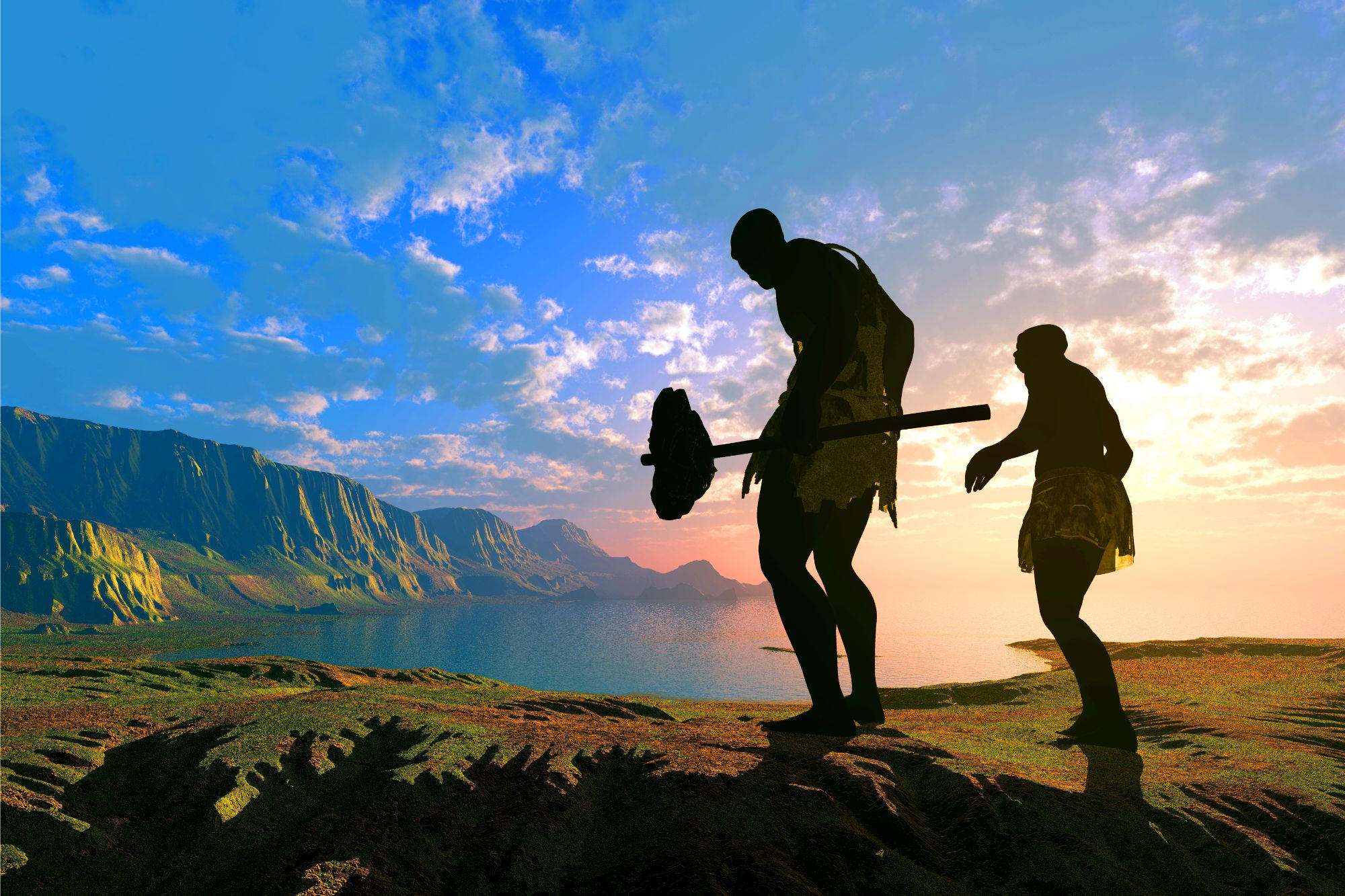Researcher Christopher J. Bae identified Homo juluensis, a new human species that coexisted with Denisovans in Asia.
A University of Hawaiʻi researcher may have identified a new human species, Homo juluensis, which could encompass enigmatic groups like the Denisovans—ancient human relatives whose stories are still being unraveled.
Professor Christopher J. Bae, a renowned anthropologist at the University of Hawaiʻi at Mānoa’s Department of Anthropology in the College of Social Sciences, has dedicated over 30 years to studying human ancestors across Asia
His latest findings, published in Nature Communications, shed light on the complex interactions and diversity of ancient human-like species that coexisted in Asia during the late Middle to early Late Pleistocene, a time frame spanning approximately 300,000 to 50,000 years ago
Homo juluensis lived approximately 300,000 years ago in eastern Asia, hunted wild horses in small groups, and made stone tools and possibly processed animal hides for survival before disappearing around 50,000 years ago. Importantly, it was proposed that the new species include the enigmatic Denisovans, a population known primarily through DNA evidence from a few physical remains found in Siberia, and a few fossils found in Tibet and Laos. More research is clearly needed to test this relationship, which is primarily based on similarities between jaw and teeth fossils from these different sites.
Bae credits a new way of organizing fossil evidence for the breakthrough. Some may think of it as organizing an old family photo album where some pictures are blurry or hard to identify. Bae and his research team have essentially created a clearer system for sorting and understanding these ancient human fossils from China, Korea, Japan, and southeast Asia.
“This study clarifies a hominin fossil record that has tended to include anything that cannot easily be assigned to Homo erectus, Homo neanderthalensis, or Homo sapiens,” Bae said. “Although we started this project several years ago, we did not expect to be able to propose a new hominin (human ancestor) species and then to be able to organize the hominin fossils from Asia into different groups. Ultimately, this should help with science communication.”
This work is important because it helps scientists—and the rest of us—better understand the complex story of human evolution in Asia, filling in some of the gaps in our understanding of our ancient relatives.
Reference: “Making sense of eastern Asian Late Quaternary hominin variability” by Christopher J. Bae, and Xiujie Wu, 2 November 2024, Nature Communications.

A University of Hawaiʻi researcher may have identified a new human species, Homo juluensis, which could encompass enigmatic groups like the Denisovans—ancient human relatives whose stories are still being unraveled.
Professor Christopher J. Bae, a renowned anthropologist at the University of Hawaiʻi at Mānoa’s Department of Anthropology in the College of Social Sciences, has dedicated over 30 years to studying human ancestors across Asia
His latest findings, published in Nature Communications, shed light on the complex interactions and diversity of ancient human-like species that coexisted in Asia during the late Middle to early Late Pleistocene, a time frame spanning approximately 300,000 to 50,000 years ago
Homo juluensis lived approximately 300,000 years ago in eastern Asia, hunted wild horses in small groups, and made stone tools and possibly processed animal hides for survival before disappearing around 50,000 years ago. Importantly, it was proposed that the new species include the enigmatic Denisovans, a population known primarily through DNA evidence from a few physical remains found in Siberia, and a few fossils found in Tibet and Laos. More research is clearly needed to test this relationship, which is primarily based on similarities between jaw and teeth fossils from these different sites.
Bae credits a new way of organizing fossil evidence for the breakthrough. Some may think of it as organizing an old family photo album where some pictures are blurry or hard to identify. Bae and his research team have essentially created a clearer system for sorting and understanding these ancient human fossils from China, Korea, Japan, and southeast Asia.
“This study clarifies a hominin fossil record that has tended to include anything that cannot easily be assigned to Homo erectus, Homo neanderthalensis, or Homo sapiens,” Bae said. “Although we started this project several years ago, we did not expect to be able to propose a new hominin (human ancestor) species and then to be able to organize the hominin fossils from Asia into different groups. Ultimately, this should help with science communication.”
This work is important because it helps scientists—and the rest of us—better understand the complex story of human evolution in Asia, filling in some of the gaps in our understanding of our ancient relatives.
Reference: “Making sense of eastern Asian Late Quaternary hominin variability” by Christopher J. Bae, and Xiujie Wu, 2 November 2024, Nature Communications.

“Homo juluensis”: Scientists Claim To Have Discovered New Species of Humans
Researcher Christopher J. Bae identified Homo juluensis, a new human species that coexisted with Denisovans in Asia. A University of Hawaiʻi researcher may have identified a new human species, Homo juluensis, which could encompass enigmatic groups like the Denisovans—ancient human relatives whose s
scitechdaily.com




 whoever did that word coupling was not from Harlem...
whoever did that word coupling was not from Harlem... what did they find those bones in?
what did they find those bones in?
 2025 starting strong
2025 starting strong